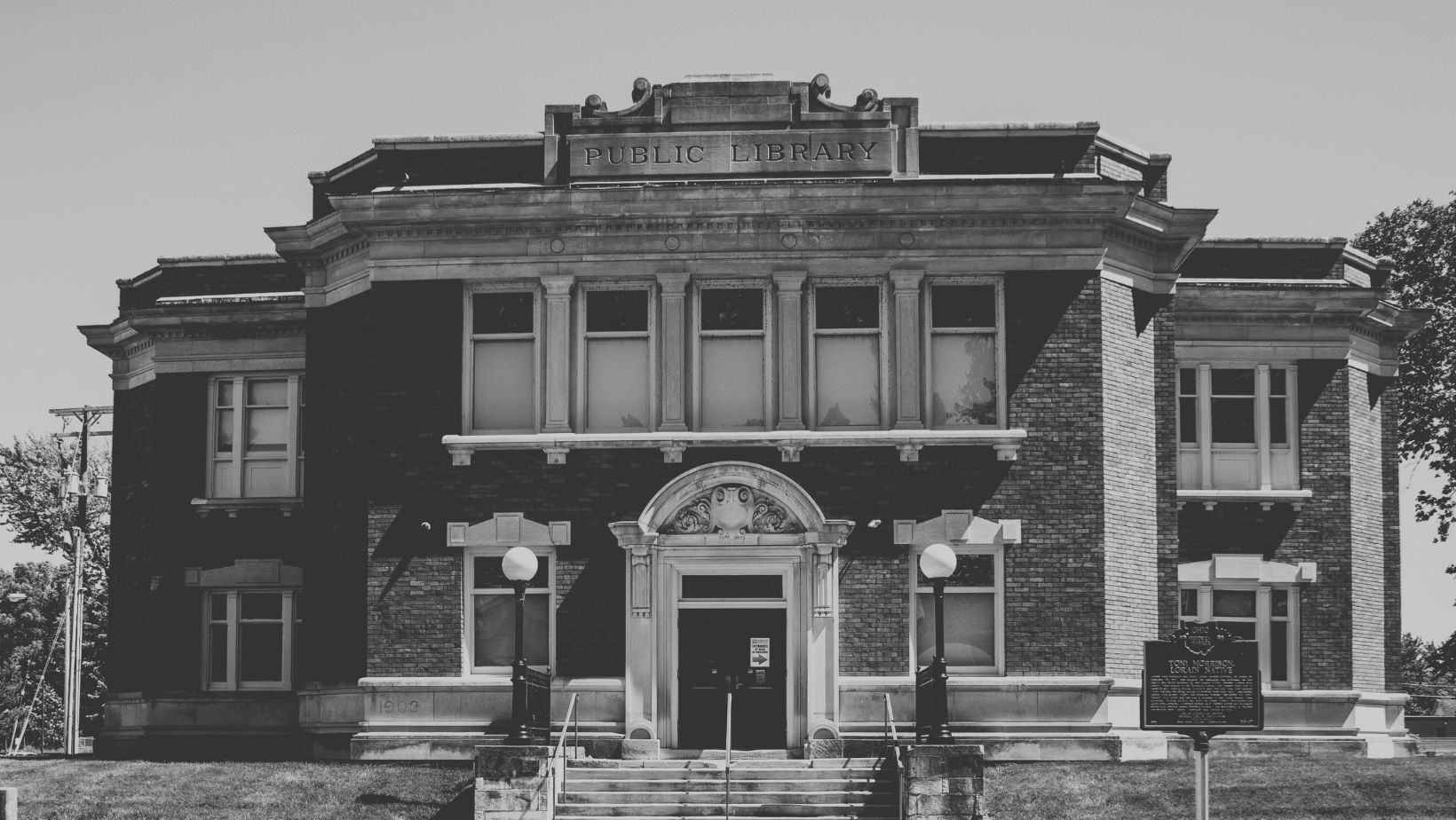
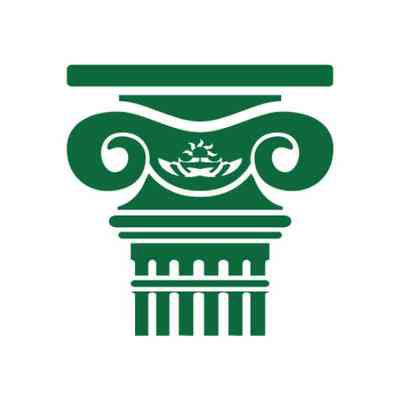
Lorain Historical Society
329 W 10th Street, Lorain, Ohio 44052
VISIT OUR WEBSITEThe Lorain Historical Society engages members of the community and our visitors in our shared and diverse history through preservation, education, collaborations, and exciting programming for all ages, so that we learn from the past, develop civic pride, and transform the future. Since our founding in 1981, we have been upholding our mission to collect and preserve the history of the city of Lorain through 3-dimensional artifacts, archival documents, photographs, and more. We maintain artifacts and archives at our two properties, the Carnegie Center Museum and Moore House. What you see in this database is only a portion of what we have in our collection. Our reference room for researchers is available by appointment and is located at the Carnegie Center. Please contact us for more information.
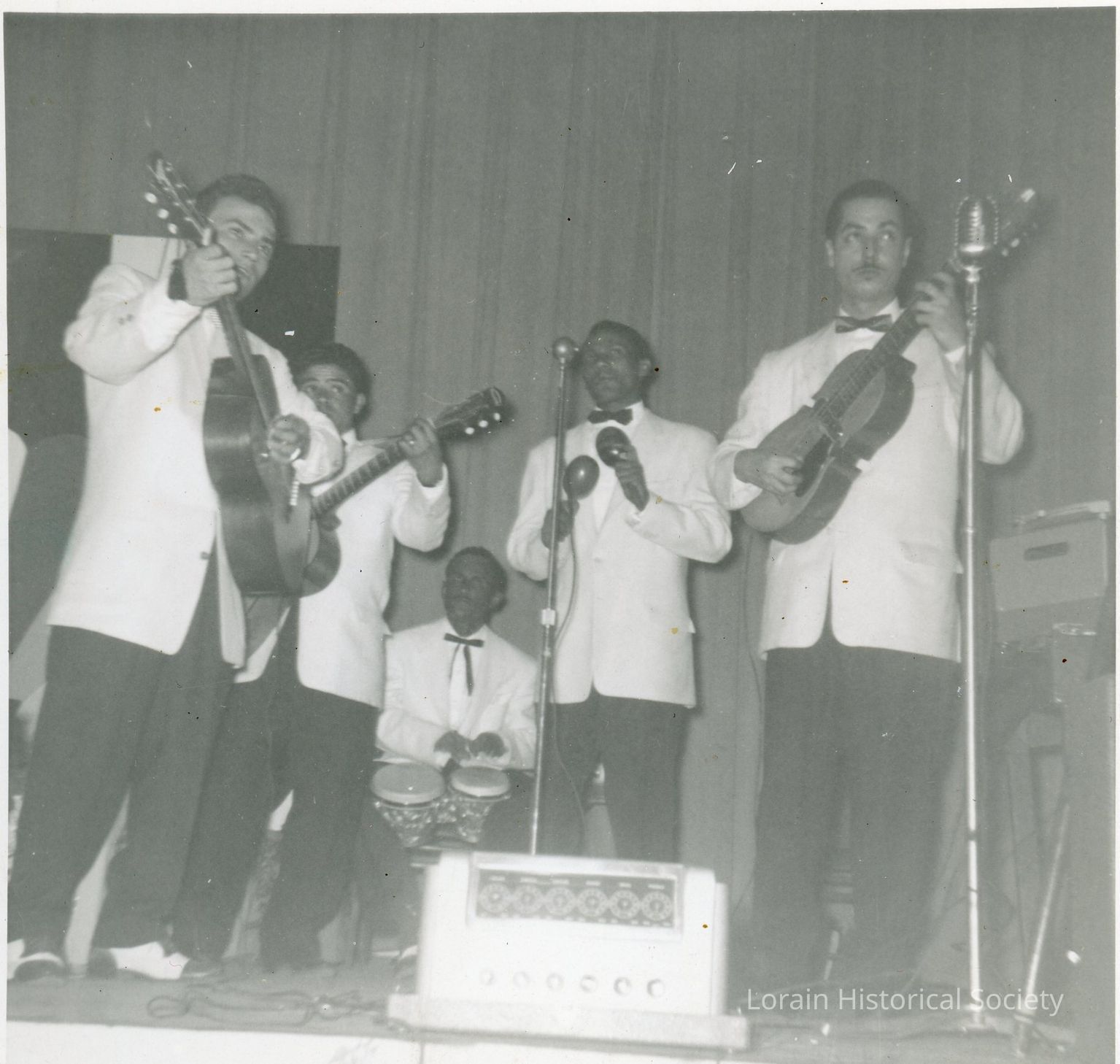
Latino Lorain History Online
The Lorain Historical Society is honored to be a part of the Latino Lorain History Project, a public history partnership with El Centro in Lorain and Oberlin College. We help collect, preserve, and interpret the history of the Latino Community in Lorain. A sample of what we have collected can be accessed here.
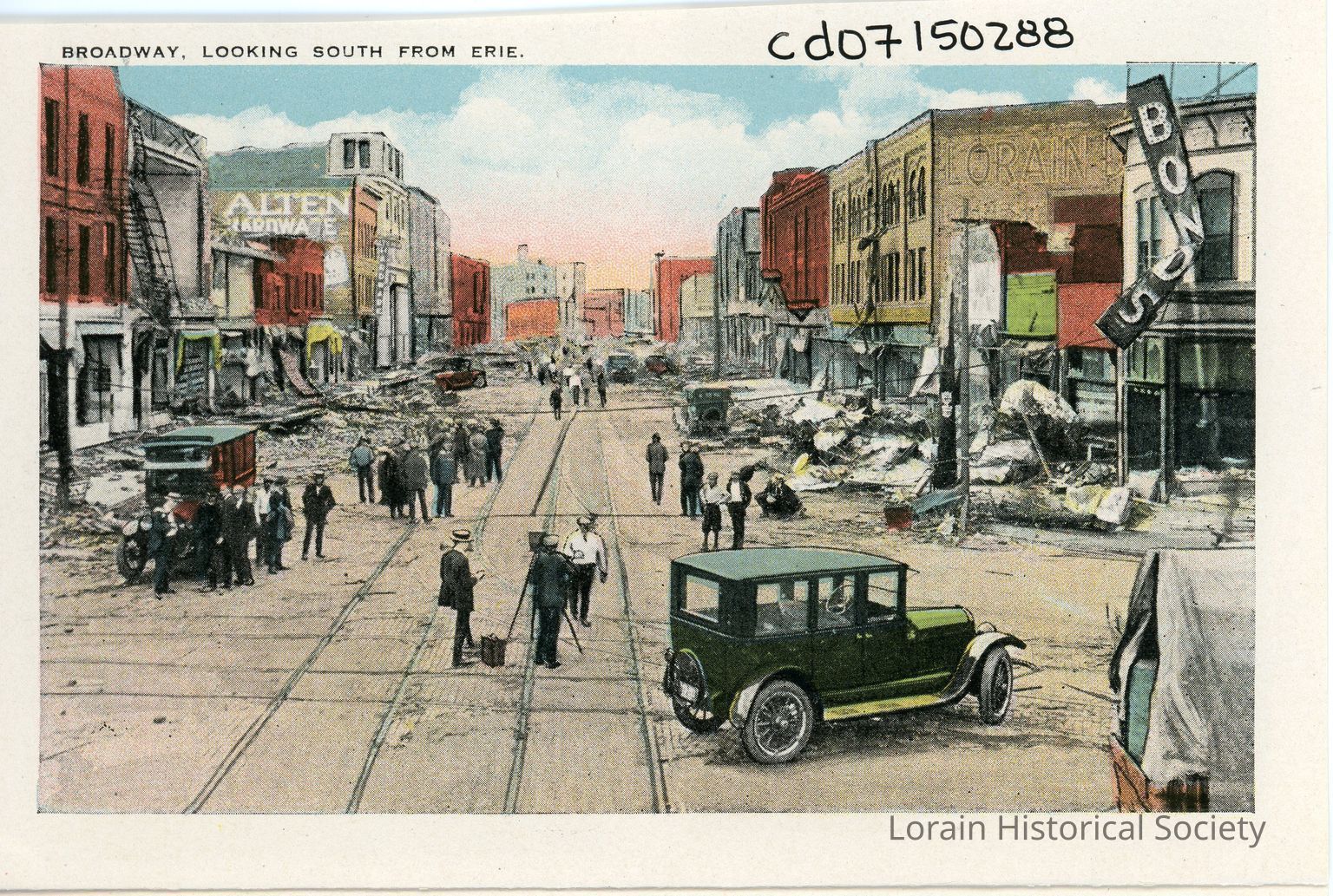
Lorain 1924 Tornado Online
In commemoration of the upcoming 100th anniversary of the 1924 Lorain Sandusky Tornado, the Lorain Historical Society is uploading online its collection of tornado photographs and postcards.
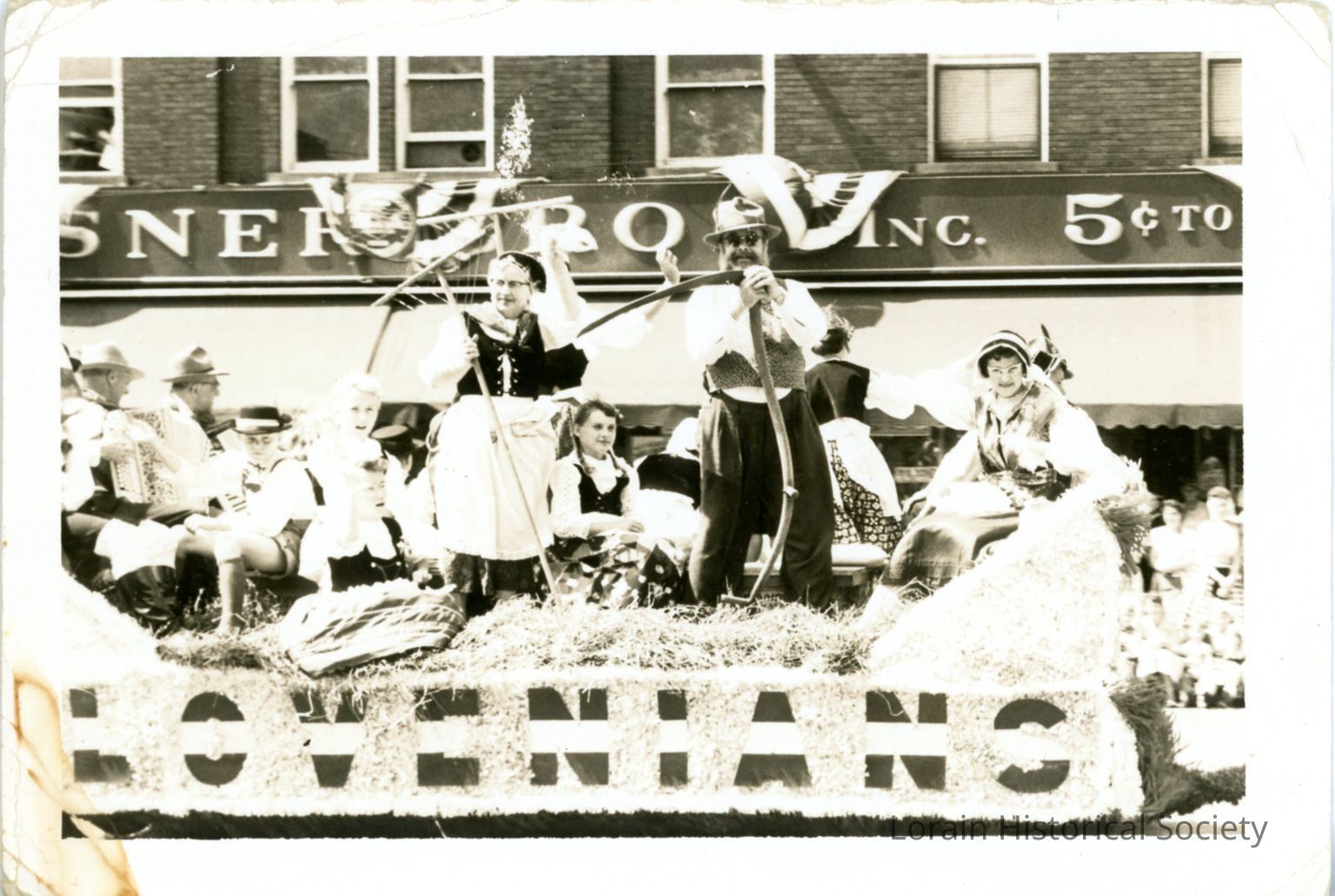
Lorain Austro-Hungarian Communities (Czech, Hungarian, Croatian, Slovakian, and Slovenian)
Many people immigrated to the United States and Lorain from the Austro-Hungarian empire between the late 19th and early 20th centuries. Immigrants from this region of Europe were drawn in by manufacturing and steelwork employment in Lorain and the Greater Cleveland metropolitan area, Many settled an entire neighborhoods that surrounded their individual ethnic church. Unfortunately, many immigrants that resettled in the area were not able to identify themselves or their origins; it is unclear, for example, whether someone who claims Hungarian ancestry is referring to the current independent nation of Hungary or to the entire empire of Austria-Hungary; both encompassed sections of Europe that may identify differently today as borders changed based on different ethnic groups. This folder contains Lorain's records for Czech, Hungarian, Croatian, Slovakian, and Slovenian communities.
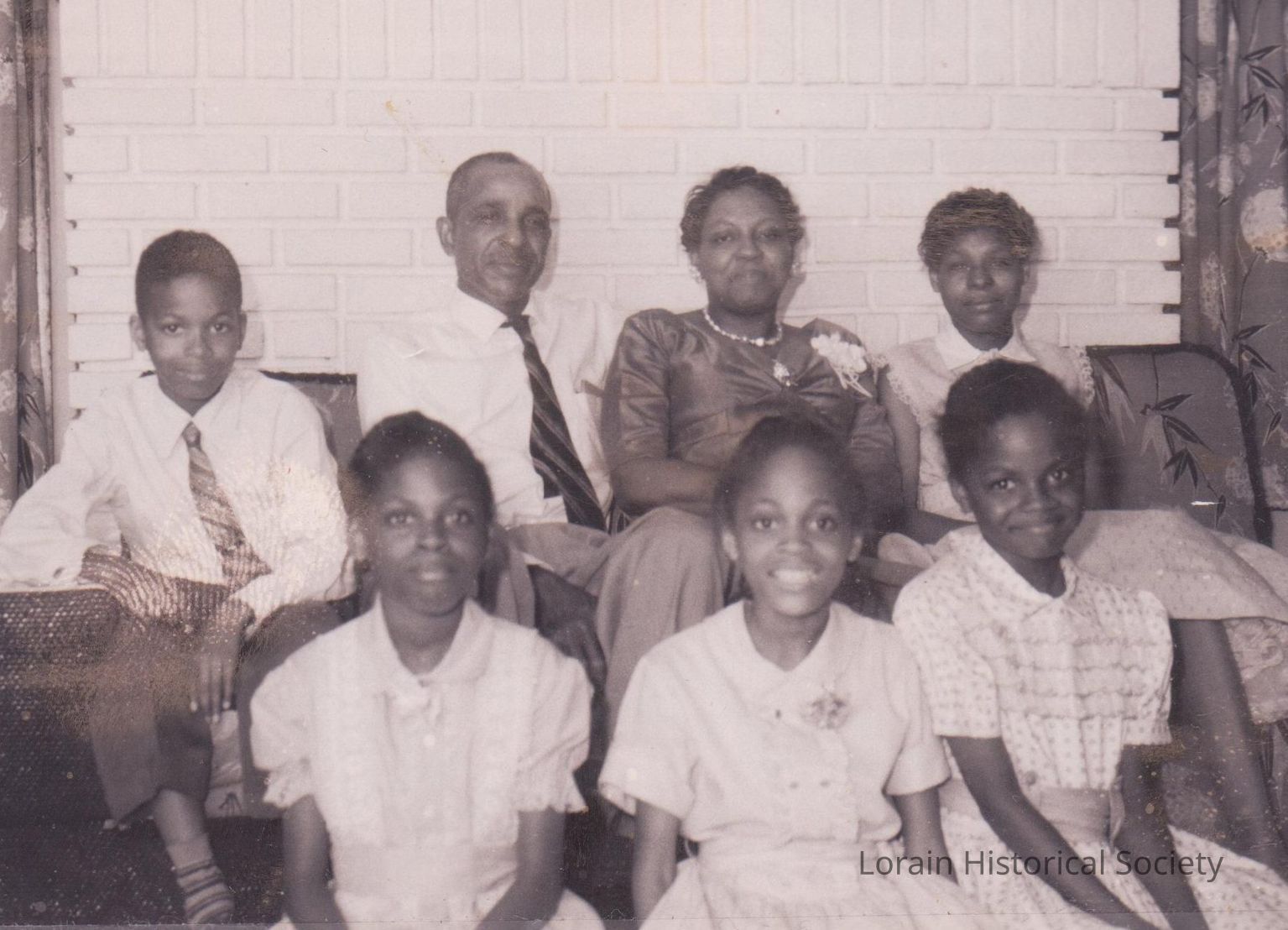
Lorain Black History Online
The Lorain Black History Archives is a public history effort with the overarching goal of gathering and preserving the history of the Black community in Lorain through the collection of oral histories, archival materials, and artifacts. What you see is just the start of what has been so far collected. More is added online every week!
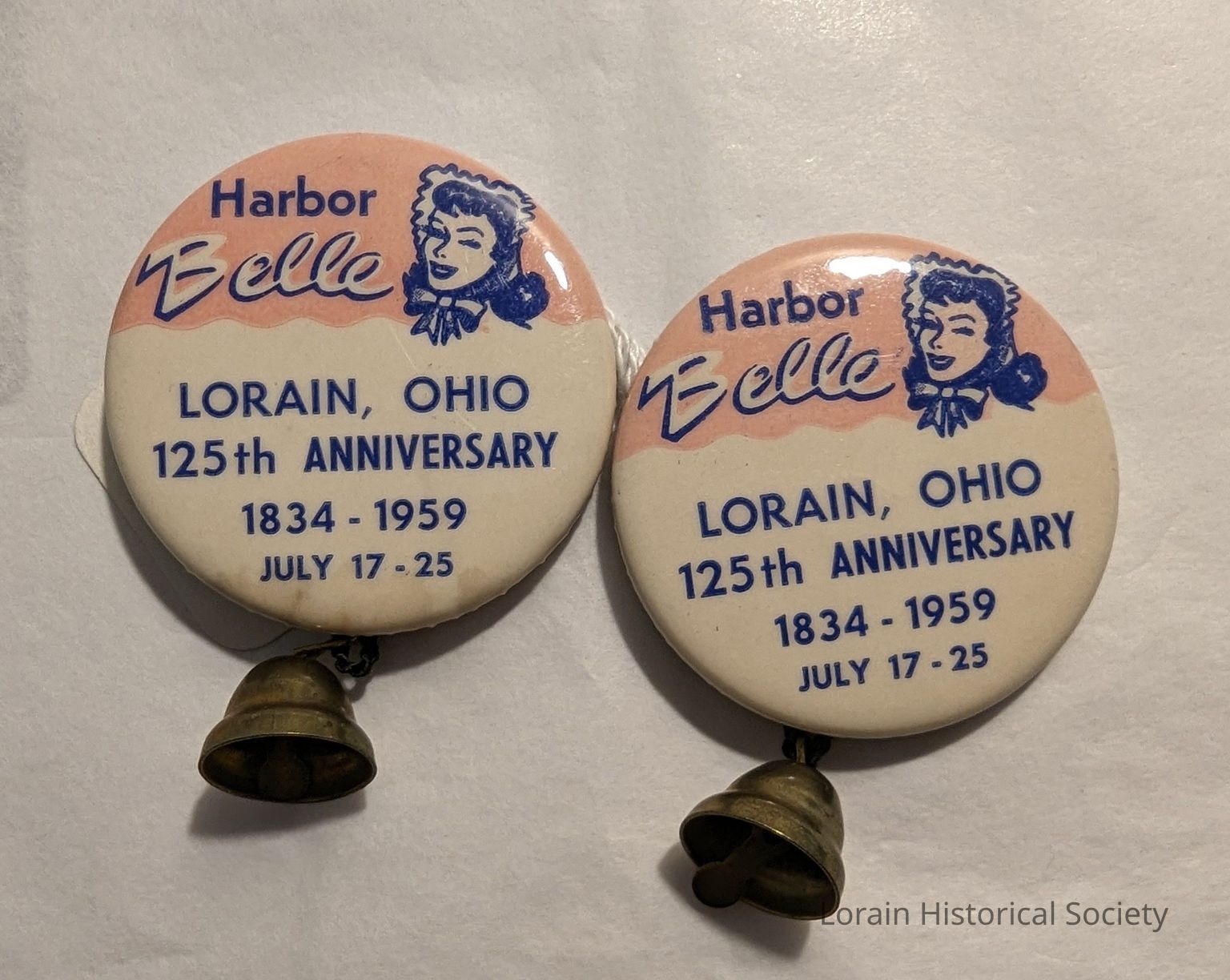
Lorain Button & Pins Online
This is a portion of the collection of buttons and pins from the City of Lorain which reflects Lorain's rich history. Featuring political campaign memorabilia, union badges, club insignias, and vintage advertisements, each piece offers a glimpse into the city's vibrant past. From advocating for workers' rights to promoting local businesses and celebrating civic and school pride, these small but significant artifacts capture the spirit and resilience of Lorain and its residents over the decades. We are continuing to inventory our button and pin collection so check back for more items shared here online.
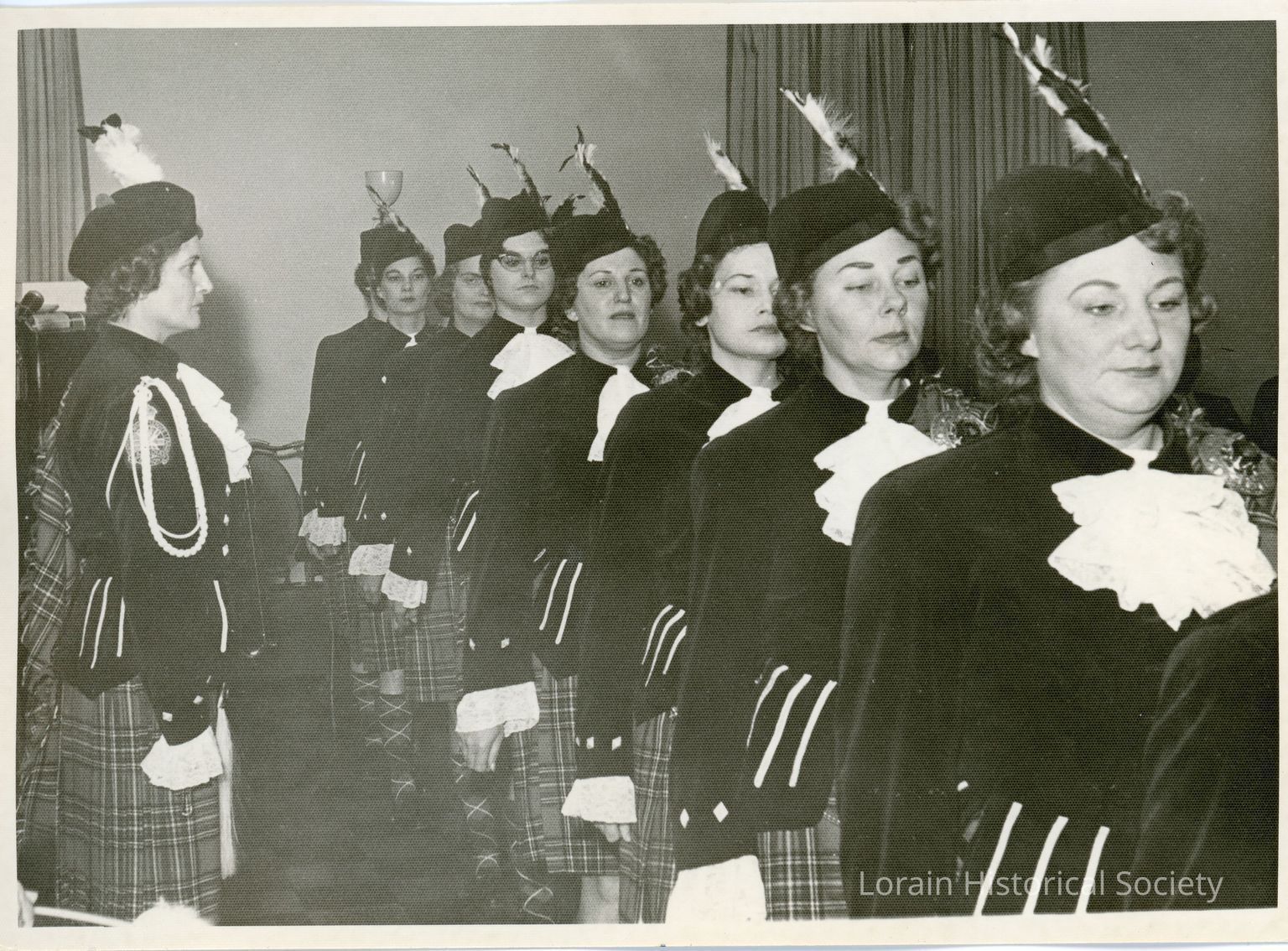
Lorain Canadian Community
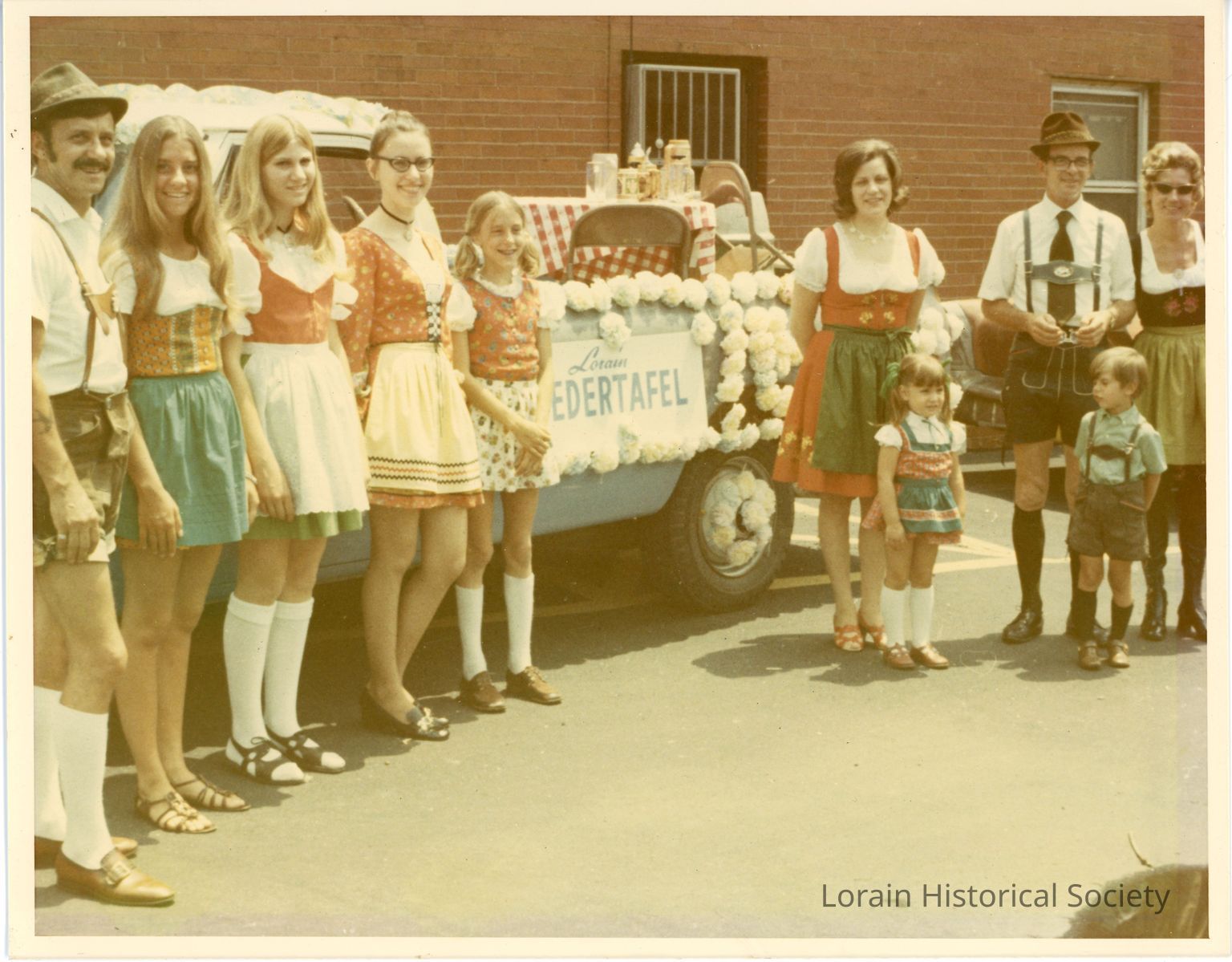
Lorain French & German Communities
The French from Alsace, the northeastern region of France, were the first to immigrate to Lorain from France. They started immigrating along with the Germans, and even called themselves German too. However, the majority of French immigrants did not come to Lorain directly; most settled close to the community, and then relocated to Lorain. Many immigrants from France would attend St. Mary’s Church. This was because one of the founders of St. Mary’s Church was from Alsace, France. Immigration from Germany to Lorain began with the arrival of liberal Evangelical Hessianfarmers. Hesse was an independent state until 1866, when Prussia annexed it. In 1860, Lorain had a population of around 400. A quarter of this population were Hessian Germans. There was a second wave of German immigration in the 1880s. Though these immigrants spoke the same native language and had similar culture, not everyone had the same religion. There were three new churches established at this time. In 1880, the Evangelical and Reformed Church, or “the Kaiser’s church,” was established by Prussians. The German Catholics found their church home at St. Mary’s. As more German Catholics came to Lorain to work at the steel mill, they found their own church: St. Joseph. A group of stricter immigrants from the German Reformed Church formed a small parochial school. It did not survive at first, but was revived again in 1900. These German groups did not mix much, especially with Hessian Evangelicals. Two Jewish families from Germany, and one Jewish family from Prague, came at this time, and became a fairly self-contained group. About half a dozen Jewish refugees came from Germany to permanently settle in Lorain following World War II.
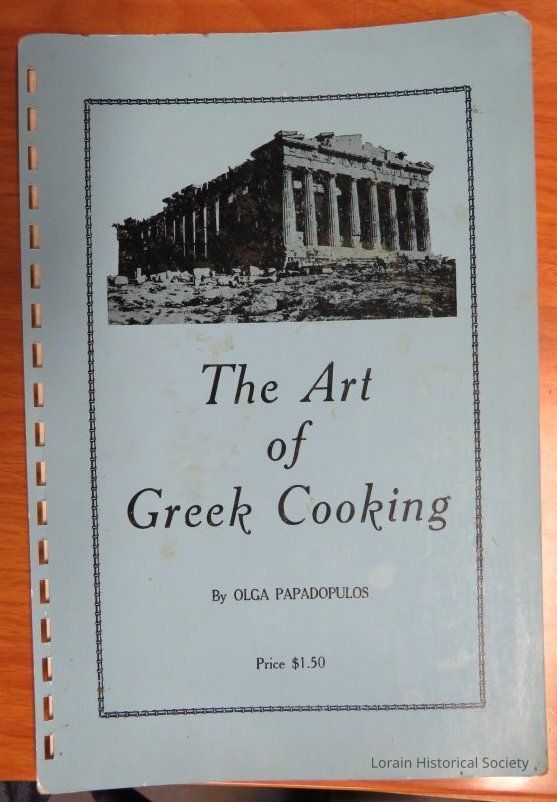
Lorain Greek Community

Lorain High 1961A&B Story Project
As the class of 1961 A&B reflects on the remarkable journey that they began at Lorain High School, it has became clear how pivotal those years were in shaping the paths they each followed. In recognition of this, they are embarking on a new project to document and preserve the rich history of Lorain's community through the voices who lived it. The Class of 1961 A&B Story Project is an initiative being led by classmates that aims to capture the personal stories and experiences of their 1961 class members, both from their time at Lorain High and from the many diverse paths their lives have taken since graduation.
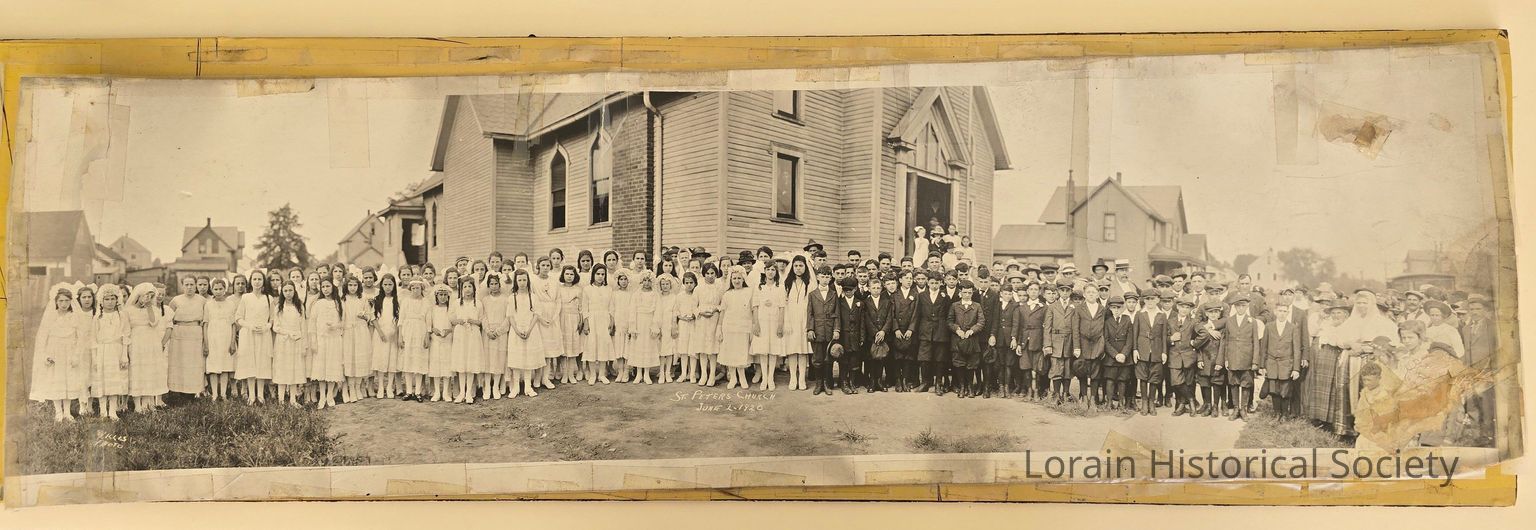
Lorain Italian & Swiss Communities
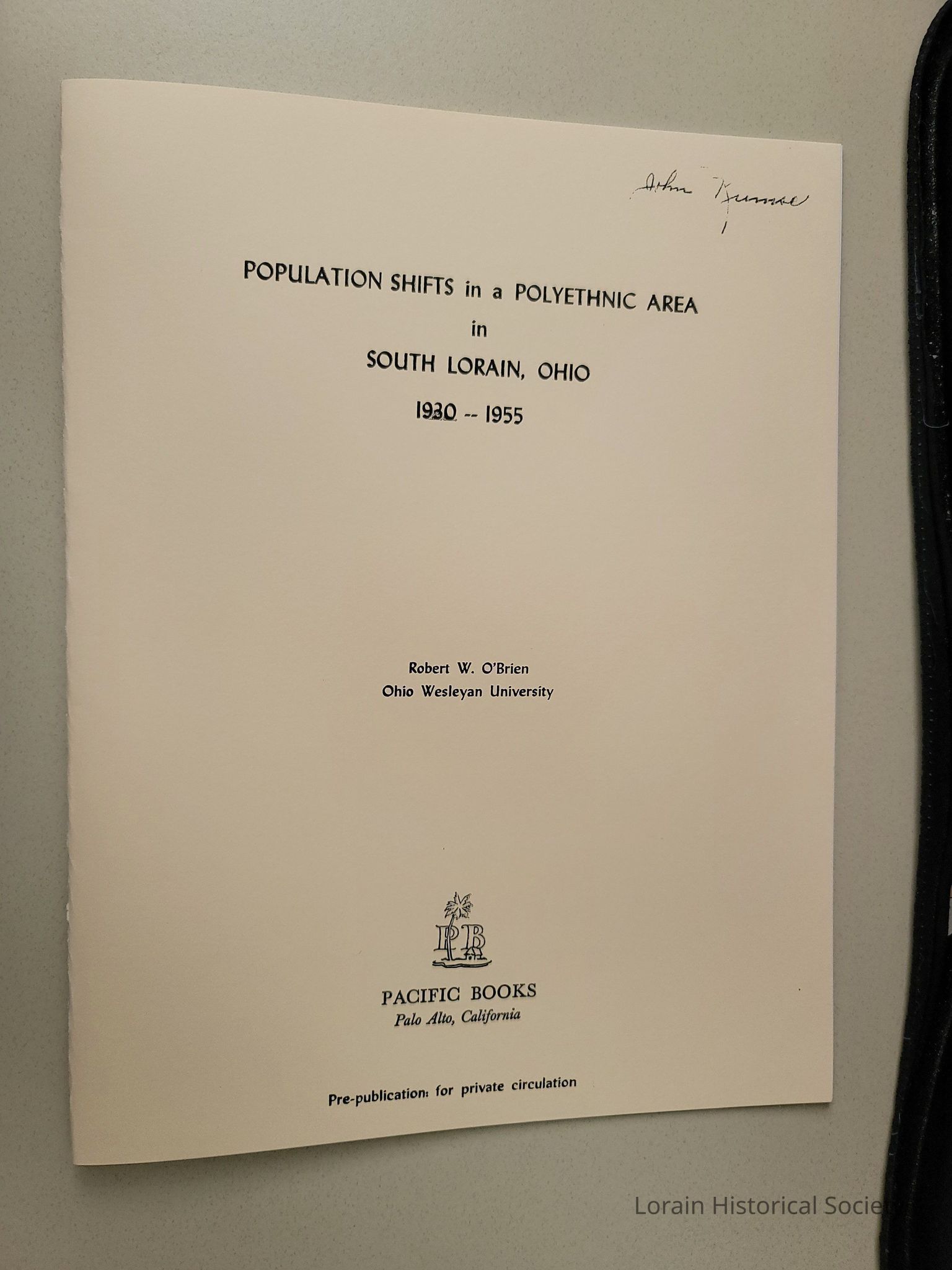
Lorain Lebanese Community
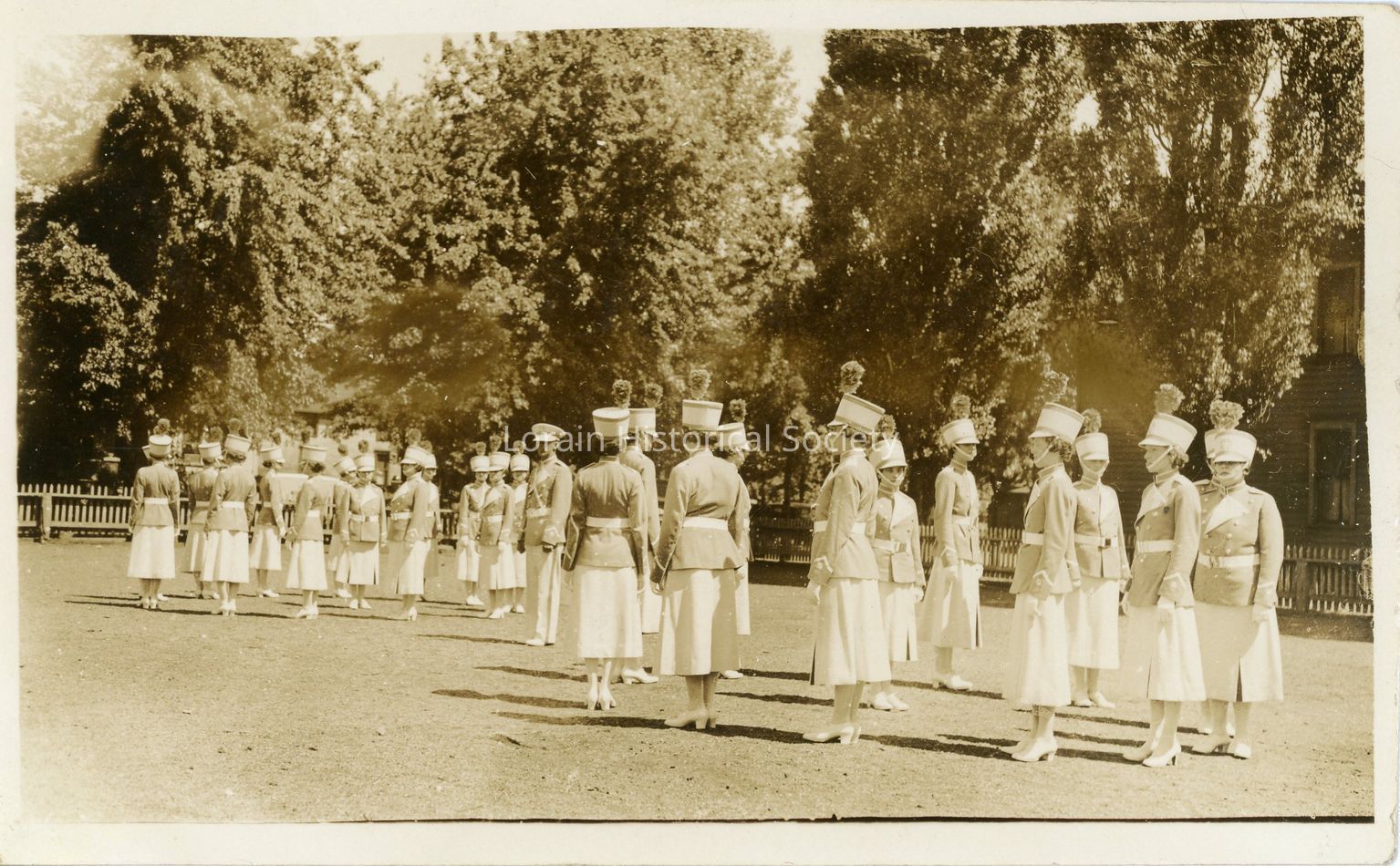
Lorain Polish Community
Polish immigrants first came to Lorain as an extension of German immigration. Most of the first Polish immigrants were from German-Poland. However, when the news reached Poland that there were jobs and opportunity, all types of Poles came to Lorain. The last wave of Polish immigrants came from Russian Poland and the Baltic provinces of Russia sometime in the late 19th and early 20th centuries. The Polish community in Lorain had a lot of diversity as there were Polish immigrants who had been educated in Germany to those from Russian-Poland who had little education. The creation of various Polish-American clubs and societies helped Polish communities network and connect with other people in the city who faced similar setbacks and were able to overcome them, following melting-pot ideals. In 1900, the Poles in Lorain formed their own Polish-language ethnic parish, Church of Nativity, and by 1909 a second Polish parish, St. Stanislaus, was formed.

Lorain Postcard Collection Online
A sample of vintage postcards from the Lorain Historical Society collection. These historical snapshots not only highlight the city's development and cultural heritage but also evoke a sense of nostalgia and pride for Lorain's vibrant community. We are continuing to scan and upload images from our collection.
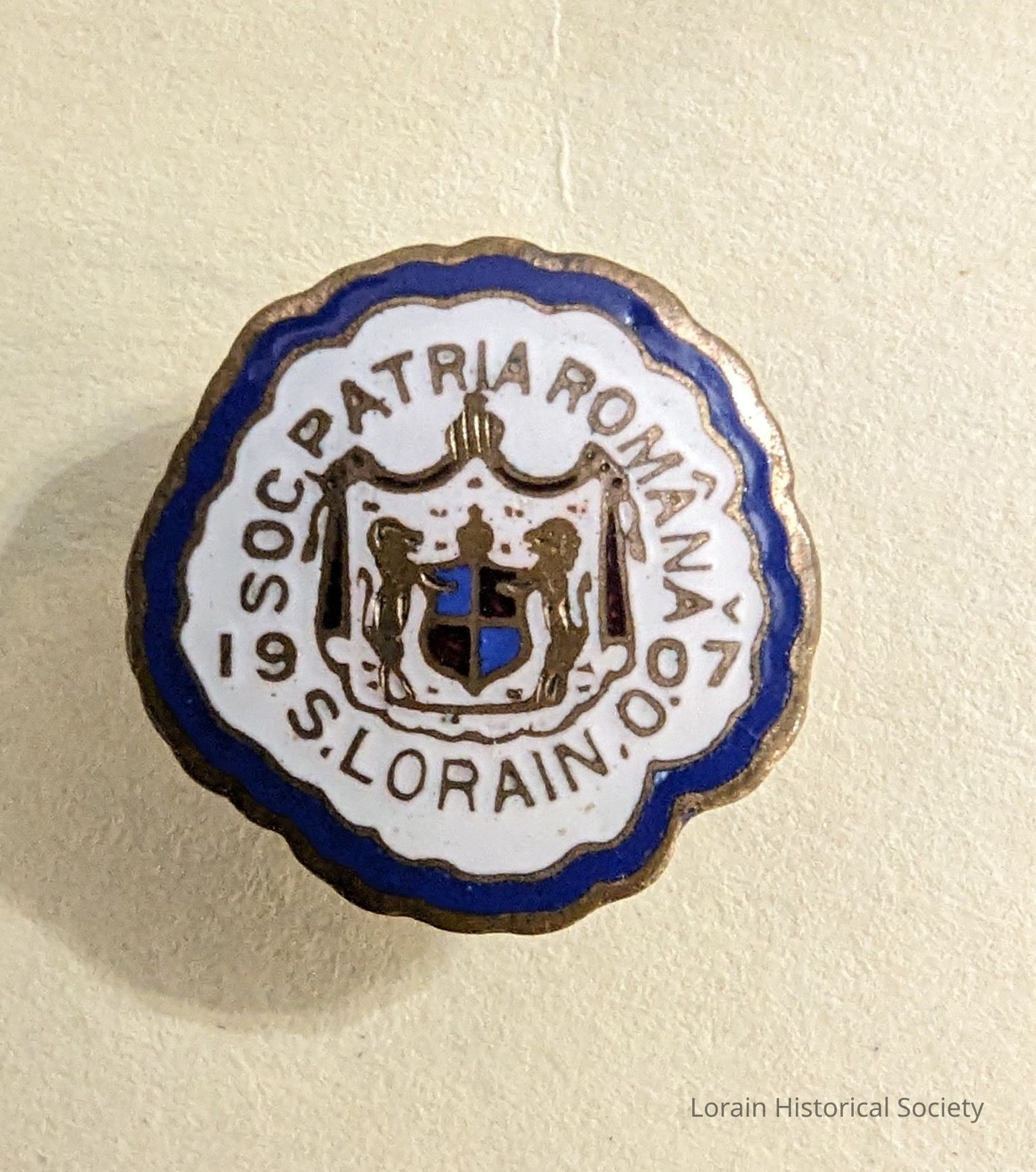
Lorain Romanian Community
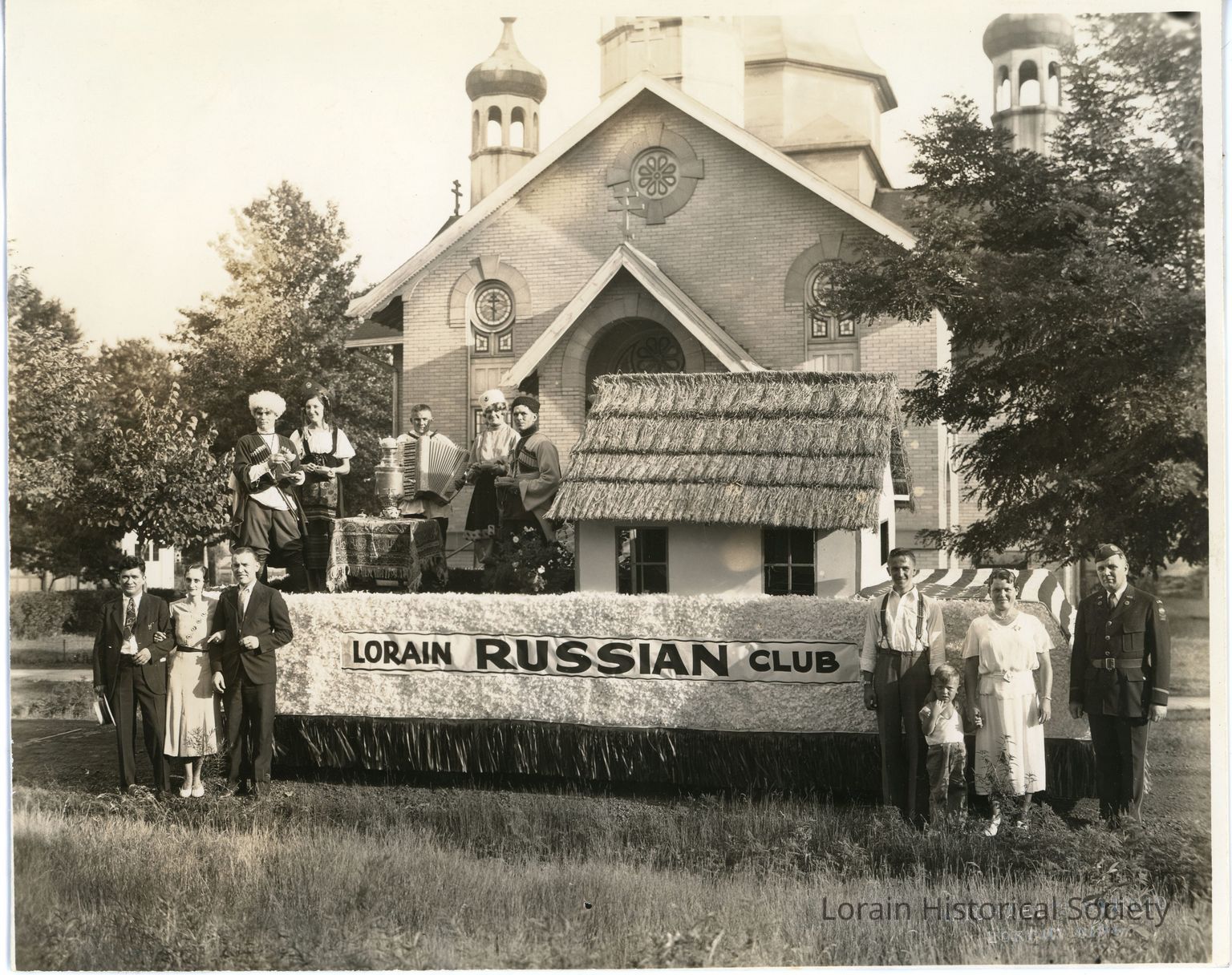
Lorain Russian Community
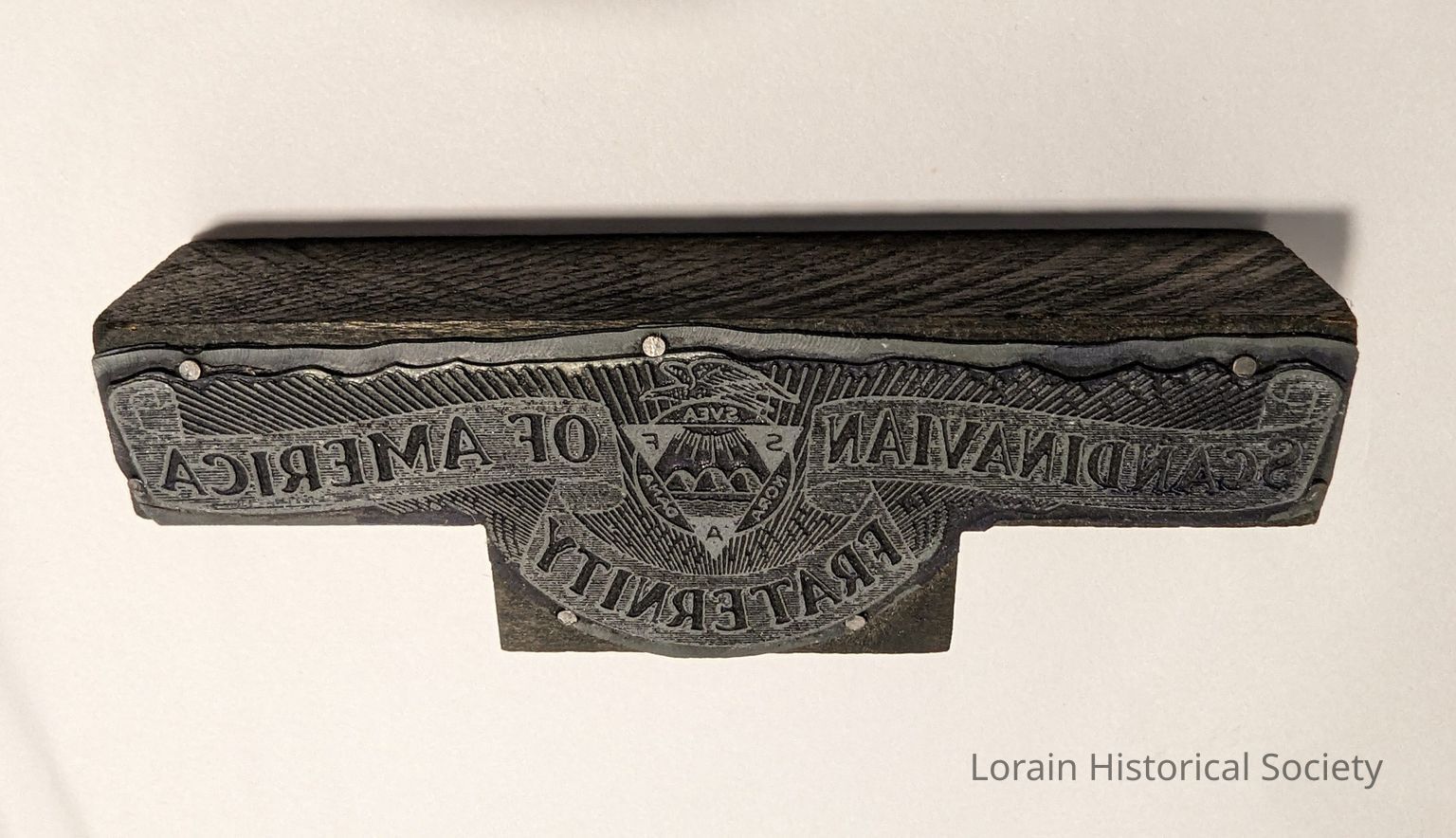
Lorain Scandinavian Community
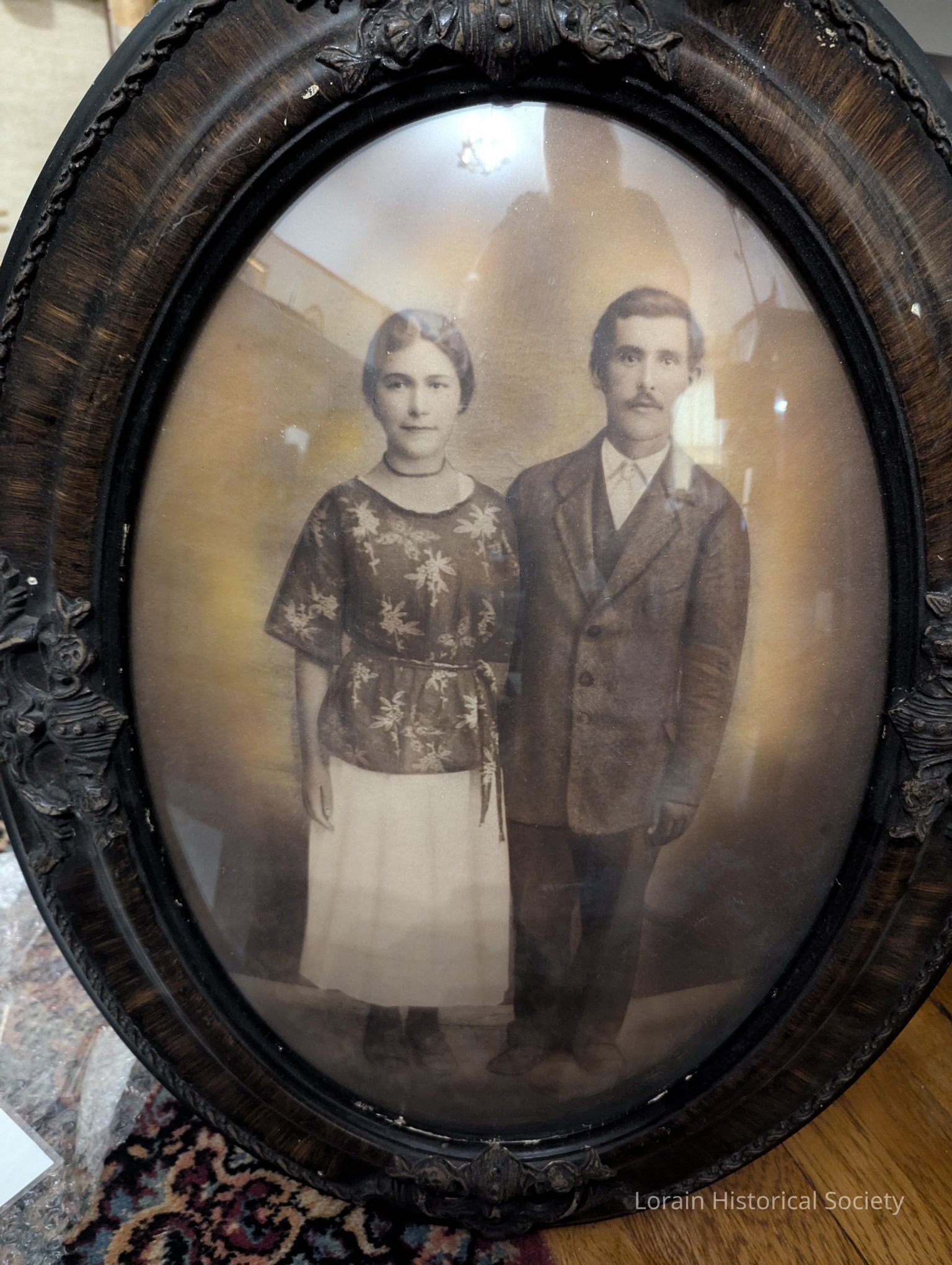
Lorain Serbian (Former Yugoslavia) Community
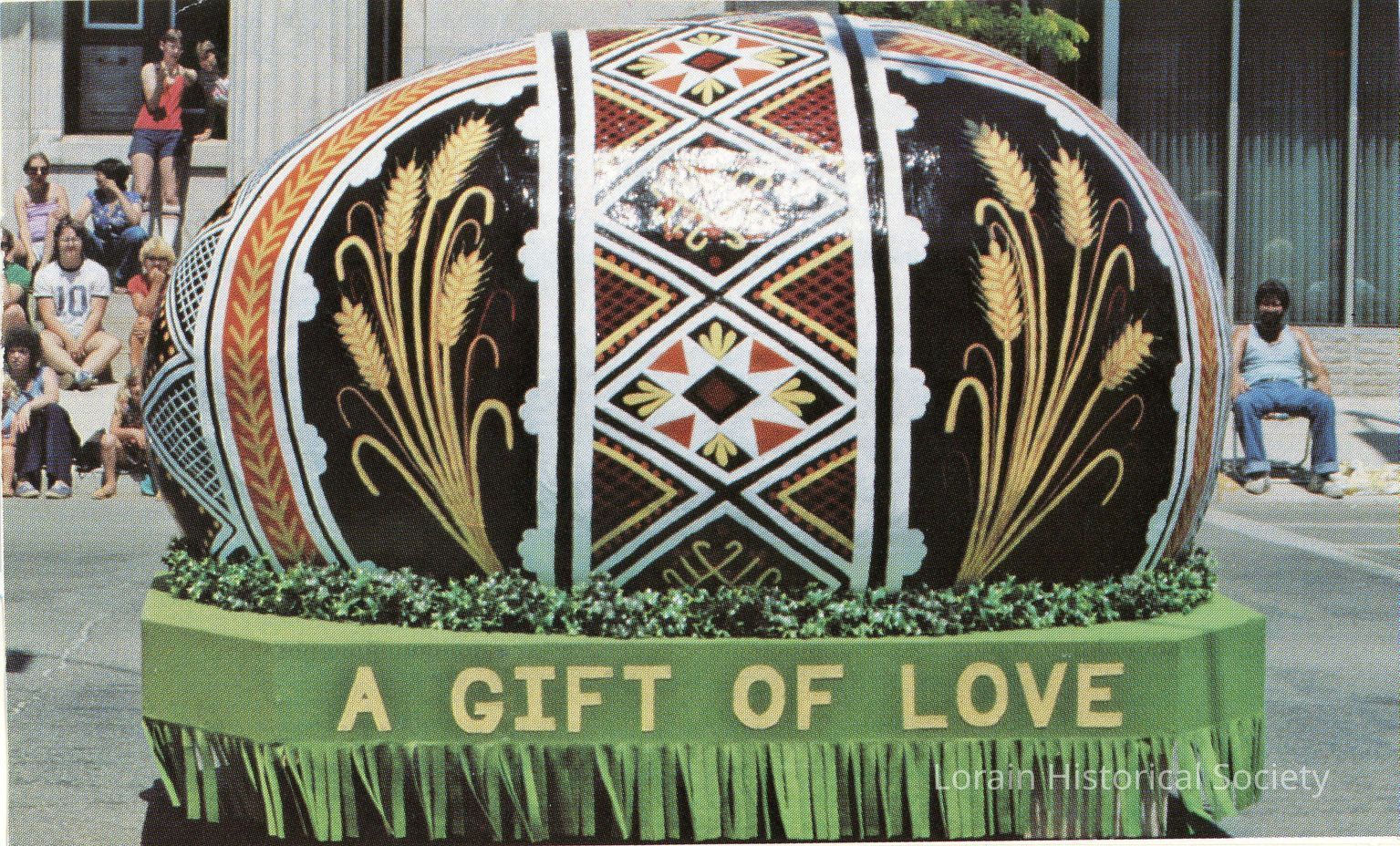
Lorain Ukrainian History Online
Lorain's Bulgarian & Macedonian Community
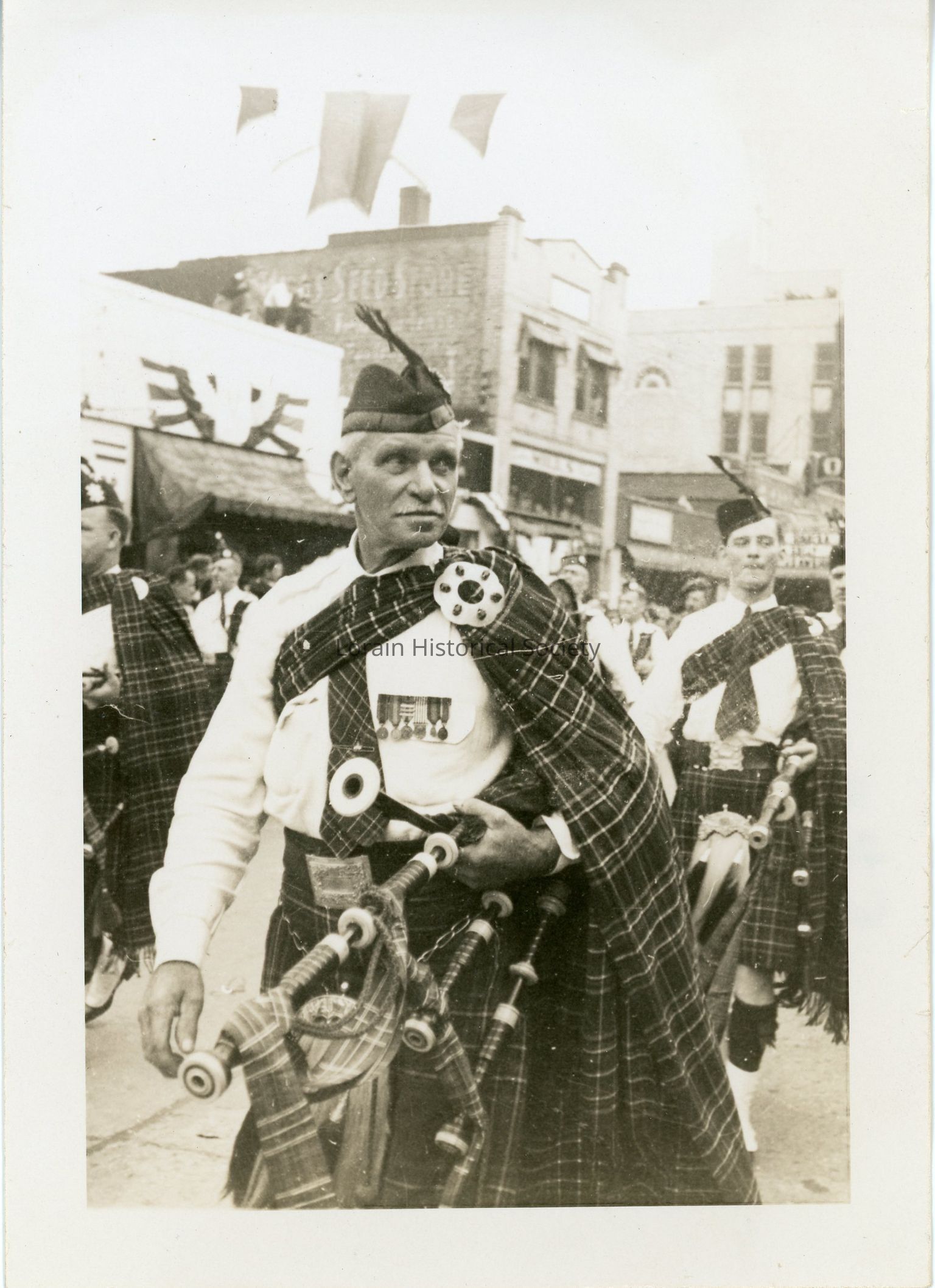
Lorain's United Kingdom Community (English, Irish, Manx, Scottish)
English-born men came from across the United States to Lorain starting in 1871 with some families coming directly from the west of England in 1881. Though some were Anglicans, they attended the only English-speaking church at the time which was Methodist and converted soon after. The railroad also brought English, Scottish, and Irish colonial Quakers to Lorain from Maryland, Delaware, and southern Virginia. The English immigrants gave the church a distinctly British Methodist slant, to the resentment of old pioneer members, before the founding of the Congregational Church in 1872. This caused a rivalry between the Methodist and Congregational Churches for over three decades before the Methodist became more denominationally Methodist with the Presbyterian period completely disavowed. Irish immigrants from South Ireland migrated to the area from across the country until the arrival of the railroad, which brought more families directly from Ireland. In number, they were about equal to the combined English and Manx immigrant populations. In 1878, they helped to found the first Roman Catholic church in the community, St. Mary’s Church. Manx immigrants came to Lorain because of the railroad industry and settled on the east side of the Black River. Though most were sailors, another approximately half-dozen families also settled in Lorain, later comprising most of the membership of the East Side Methodist Church, which was known as the Manx church in its early days. Children and grandchildren of Manx immigrants have made it clear that they do not want to be considered a part of the English immigration. Immigrants from Scotland also came to Lorain in search of jobs at the steel mill. They were instrumental in the creation of the Presbyterian Church.

Matchbook Covers from Lorain
Matches from Lorain businesses and organizations. Matchbooks, once a common staple in everyday life, have nearly disappeared from circulation, a relic of a time when they were routinely handed out by businesses and organizations as both a practical item and a promotional tool.